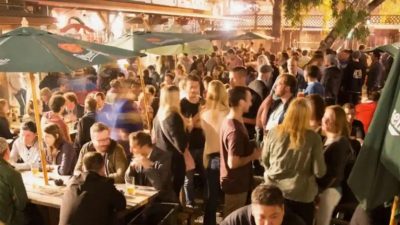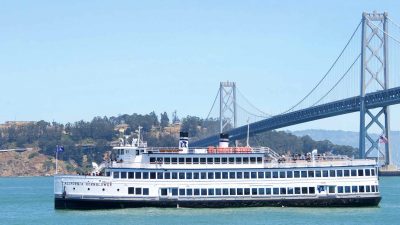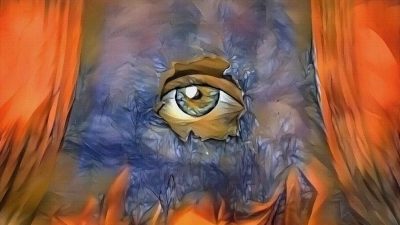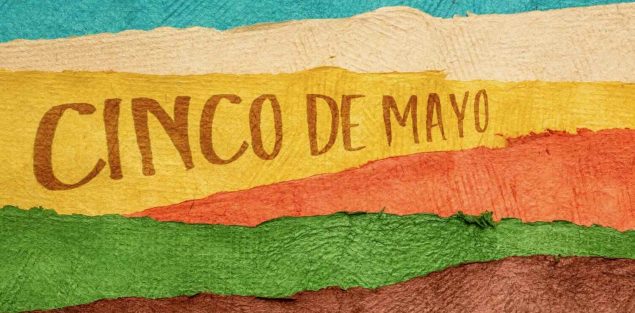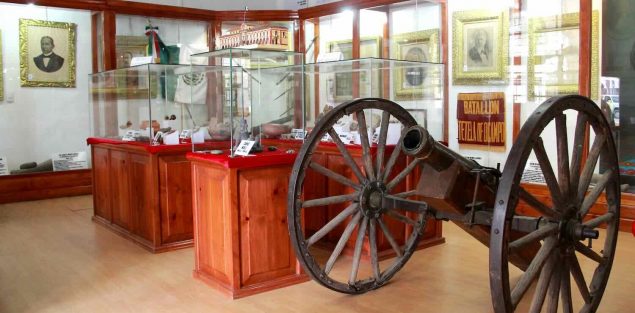Interesting Facts You Probably Didn’t Know about St. Patrick’s Day

St. Patrick’s Day is celebrated on March 17th. It is a cultural & religious holiday recognizing St. Patrick, the foremost patron saint of Ireland. What started as a religious feast day in the 17th century has evolved into a variety of celebrations across the globe featuring music, dancing, special foods, super awesome pub crawls and a whole lot of green. While you might be familiar with parades, wearing green & perhaps even indulging in some Irish beer, there are plenty of lesser-known facts about this day that might surprise you.
St. Patrick’s Day Interesting Facts:
St. Patrick Wasn’t Irish: Contrary to popular belief, St. Patrick was actually born in Britain, around 385 AD. He was kidnapped by Irish raiders at the age of 16 and taken as a slave to Ireland. He escaped but returned around 432 to convert the Irish to Christianity.
The Original Color Was Blue: The color traditionally associated with St. Patrick was blue, not green. Green only became associated with the day after it was linked to the Irish independence movement in the late 18th century. This doesn’t mean you can wear blue without the threat of being pinched, though.
St. Patrick’s Day Was a Dry Holiday: For most of the 20th century, St. Patrick’s Day was considered a strictly religious holiday in Ireland, which meant that pubs were closed for the day. The law was changed in 1970, when St. Patrick’s Day was reclassified as a national holiday, allowing the taps to flow freely.
There Are More Irish in the USA Than Ireland: More than 33 million Americans report Irish ancestry, which is nearly seven times the population of Ireland itself. This massive Irish presence is especially felt on St. Patrick’s Day.
The World’s Shortest St. Patrick’s Day Parade: In the Irish village of Dripsey, the annual St. Patrick’s Day parade used to run between the village’s two pubs, which were just 100 yards apart. However, this “shortest parade” tradition has since been taken over by other locations, including Hot Springs, Arkansas.
The World’s Largest St. Patrick’s Day Pub Crawl: The CrawlSF St. Patrick’s Day Pub Crawl, with over 10,000 participants is the largest pub crawl in the nation for the holiday.
Shamrocks Are Not Officially a Symbol of Ireland: While you might associate the shamrock with all things Irish, it’s not the official symbol of Ireland. That honor goes to the harp. The shamrock, however, has been used as a symbol of Ireland since the 18th century, due to its connection with St. Patrick.
St. Patrick’s Day in Space: Irish-American astronaut Cady Coleman celebrated St. Patrick’s Day aboard the International Space Station in 2011 by playing a hundred-year-old flute and a tin whistle belonging to the band The Chieftains.
The First St. Patrick’s Day Parade Was Not in Ireland: The first recorded St. Patrick’s Day parade was held not in Ireland but in New York City in 1762, when Irish soldiers serving in the English military marched through the city.

The Chicago River Turns Green: Since 1962, Chicago has dyed its river green to celebrate St. Patrick’s Day. The dye is environmentally safe and the tradition started by accident when city workers used dyes to trace illegal sewage discharges and realized the green dye might be a unique way to celebrate the holiday.
It’s a Public Holiday in More Places Than You Think: Besides Ireland, St. Patrick’s Day is a public holiday in Newfoundland and Labrador in Canada, Montserrat in the Caribbean, and the British Overseas Territory of Bermuda.
The Largest St. Patrick’s Day Parade is in New York City: The NYC St. Patrick’s Day Parade is one of the world’s largest parades. With over 150,000 participants each year, the parade attracts nearly 2 million spectators. It’s a major event that honors the Irish culture and the contributions of Irish Americans.
St. Patrick Used the Shamrock for a Reason: It’s said that St. Patrick used the three-leaved shamrock to explain the Holy Trinity to the pagan Irish. This story is a big part of why the shamrock is so closely associated with St. Patrick’s Day celebrations.
The First St. Patrick’s Day Celebration in the American Colonies: The first recorded celebration of St. Patrick’s Day in the American colonies happened in Boston, Massachusetts, in 1737, organized by the Charitable Irish Society. It was a secular celebration of the holiday and focused on unity and charity.
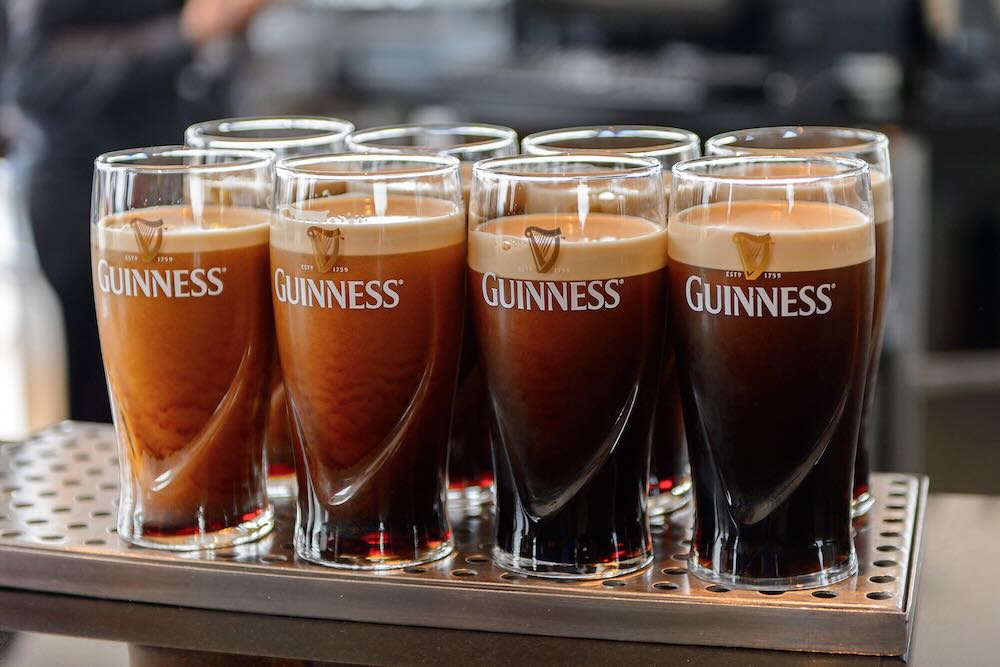
Guinness Sales Soar on St. Patrick’s Day: On St. Patrick’s Day, it’s estimated that the number of pints of Guinness consumed more than doubles worldwide, from 5.5 million pints on a regular day to around 13 million pints. That’s a whole ‘lotta beer.
“Drowning the Shamrock” Tradition: There’s an old Irish tradition called “drowning the shamrock” where a shamrock leaf is placed in the bottom of a cup, which is then filled with whiskey, beer, or cider. It’s drunk as a toast to St. Patrick, Ireland, or those present. The shamrock would either be swallowed with the drink or taken out and tossed over the shoulder for good luck.





